Experimenting with new heritage diets is exciting! New foods and flavors can open entire horizons when it comes to what you put on the table. Whether you’re deciding to cook with a wider variety of veggies or want to sample new seafood, new recipes often tend to have one seasoning in common: salt.
Here’s the good news – there are plenty of ways to add flavor to a dish without relying heavily on salt. At Oldways, we encourage incorporating whole ingredients, spices and herbs into meals, so they are naturally flavor-packed. Not only is this beneficial for your health, but it allows you to experiment with your favorite ingredients to find what makes your taste buds happiest.
Ultimately, there are lots of great ways to cut down on salt. We’ve rounded up several of our favorite ways to stop supplementing meals with excess sodium:
Cook Your Food at Home
Home cooking is a wise approach to staying healthy. One-third of U.S. adults have high blood pressure, and many more are at an increased risk of heart disease and stroke. In fact, the estimated lifetime risk of developing high blood pressure in the U.S. is 90 percent. While these numbers don’t apply to all Americans, cutting down on salt is a good idea for just about everyone. That’s because foods high in sodium (highly processed foods and salty restaurant meals like fast food) are often nutritionally inferior to home-cooked meals made from fresh, wholesome ingredients.
If you’re already taking the time to cook your meals at home, a small amount of salt is fine. Over 75 percent of the sodium in American’s diets comes from restaurants and processed foods, so by choosing fresh, whole foods, your salt intake will fall naturally, and your diet will improve. However, it’s still worth noting that respectable health organizations recommend no more than a teaspoon of it a day.
Rather than eating by the numbers (nobody wants to bring a calculator to the dinner table!), we invite you to prepare more home-cooked meals centered around our traditional heritage diets; try incorporating more whole grains, beans, fruits, vegetables, olive oil and fish into your home-cooked meals to enjoy delicious flavors separate from salt.
Take Advantage of Citrus
For the same reasons we may tend to use salt, citrus juice (and zest) is a great way to add that hint of brightness that perks up your taste buds and leaves you craving more.
The difference is that a squeeze of fresh citrus also adds nutritional value and wholly unique flavors to any dish. Try adding lime juice to mashed sweet potatoes, squeeze some lemon juice into your lentil soup, or replace half the water in your brown rice with orange juice to sweeten it up and give it a little tang.
To get started on your citrus journey, give this Curried Sweet Potato and Millet Soup or Lemon Mint Freekeh Salad a try.
Rinse Your Canned Beans
Beans are one of our favorite versatile foods – they add protein, texture and flavor to so many dishes for mere cents. However, if you’re looking to cut down on your sodium intake, choose no- or low-sodium beans and also take the time to rinse your canned beans! Salt is often used as a preservative for canned goods; by straining your beans and then running them under cold water for around ten seconds, you can cut the sodium content nearly in half.
If you’re looking to take advantage of this flavorful, nutrient-dense food staple, Oldways has no shortage of recipes, such as this Bulgur Salad with Chickpeas and Herbs and Tuna with White Beans, Celery and Peppers.
…and, of course, if you’re still looking to replace sodium with other flavorful alternatives,
Pack a Punch with Herbs, Spices and other Heritage-Based Flavors
The health benefits of herbs and spices are numerous; not only do they add antioxidants to our diet, but they are also a versatile and flzavorful alternative to salt. Cooking with them can help you immerse yourself that much more in your heritage-based meals.
When a panel of nutrition scientists met in 2008 to update the Mediterranean Diet Pyramid, they added herbs and spices for all the reasons just mentioned, as well as for the fact that they add regional identity to dishes. For example, a tomato-bread dish can be different in Spain or Italy or Greece, depending upon the herbs and spices used.
For instance, this South African Cucumber Sambal derives African heritage-based flavors from apple cider vinegar and ginger instead of relying on salt. Also in line with heritage-based eating, this Aloo Gobhi is packed with Asian flavors such as cumin, coriander and turmeric to give regional expression to the dish.
Mediterranean flavors and herbs are often inextricable from one another, as is the case in this “Everything Green’ Chickpea Salad. You can create authentic Mediterranean dishes in the comfort of your own kitchen by leaning into ingredients such as basil, rosemary, Zaffatar spice and countless other common Mediterranean foods and flavors.
Ultimately, there are so many ways to cut back on sodium without sacrificing delicious taste. For more recipes, check out the Oldways recipe library.


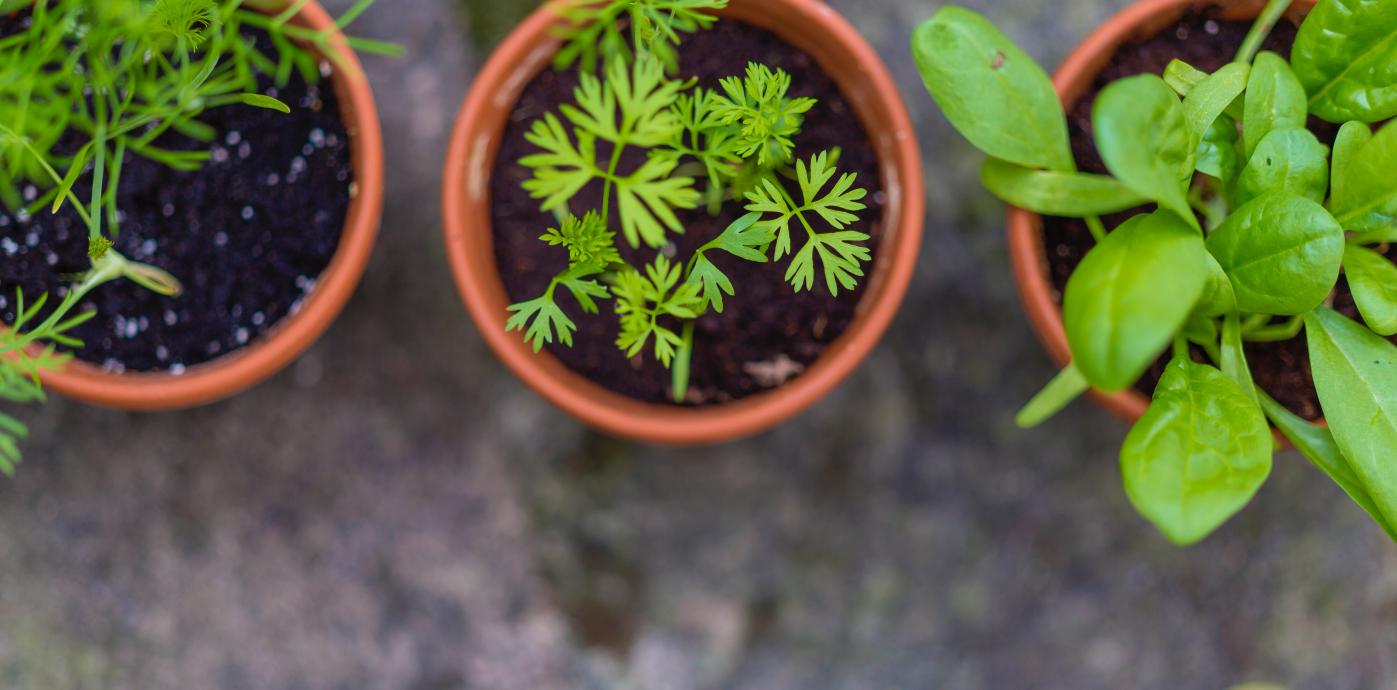
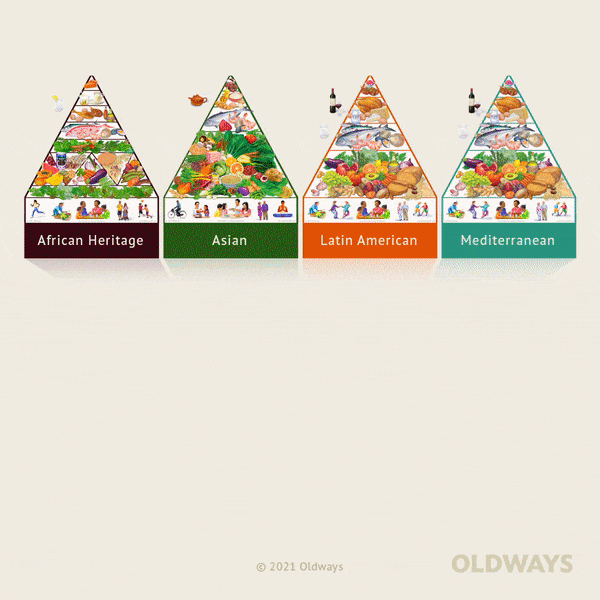
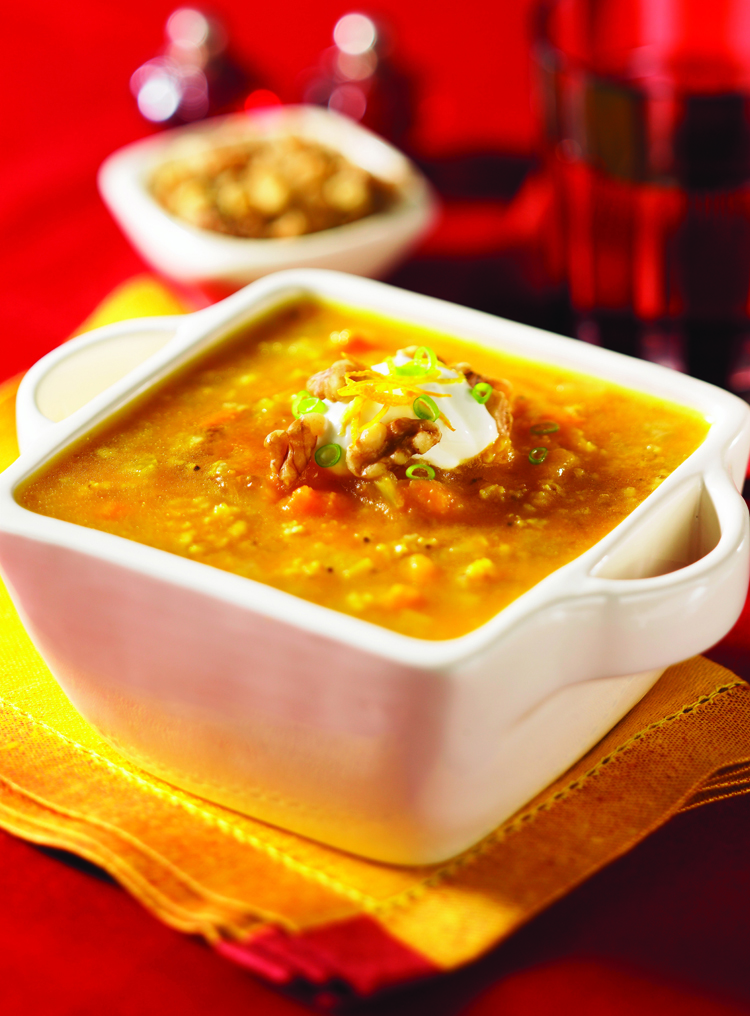
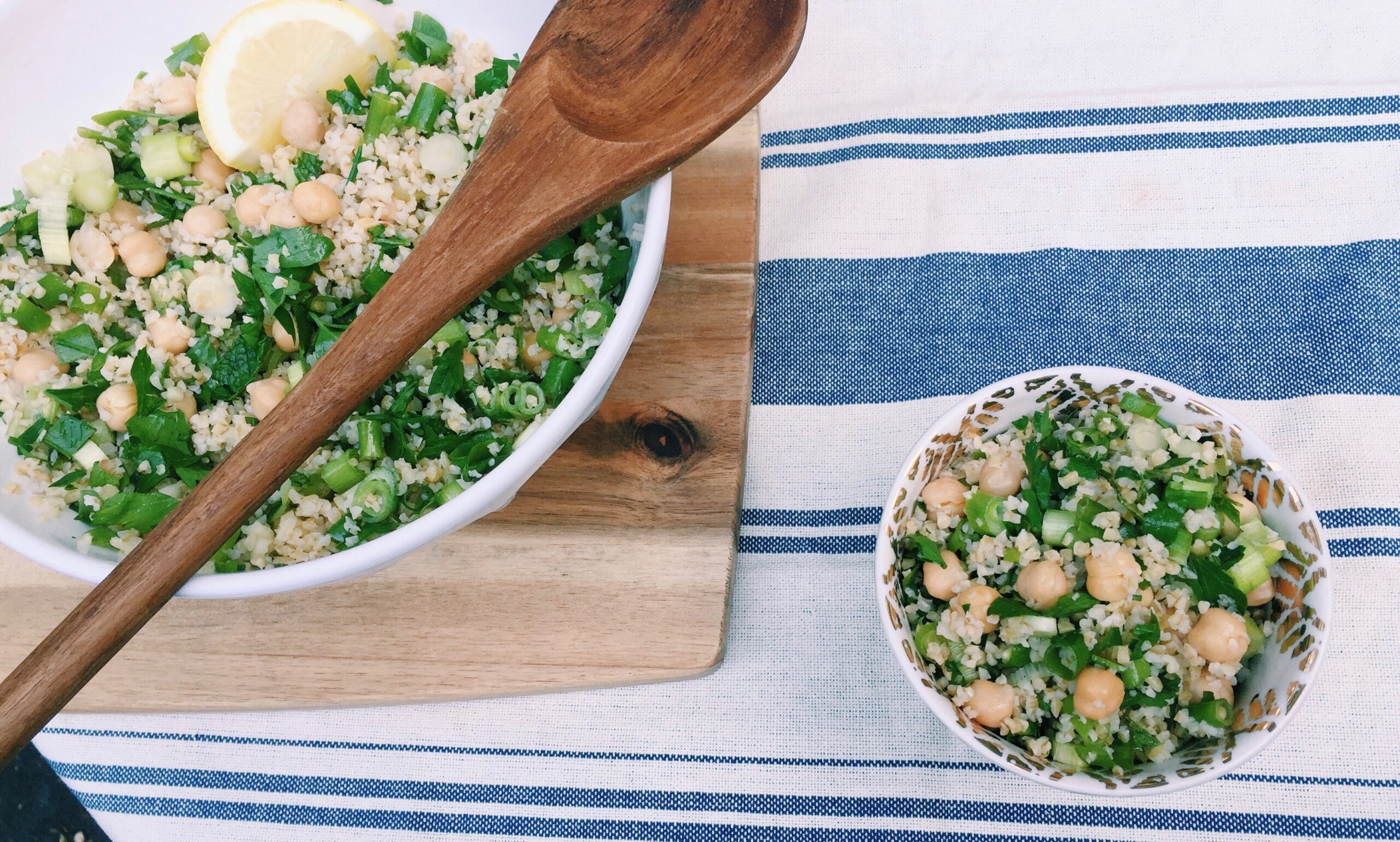
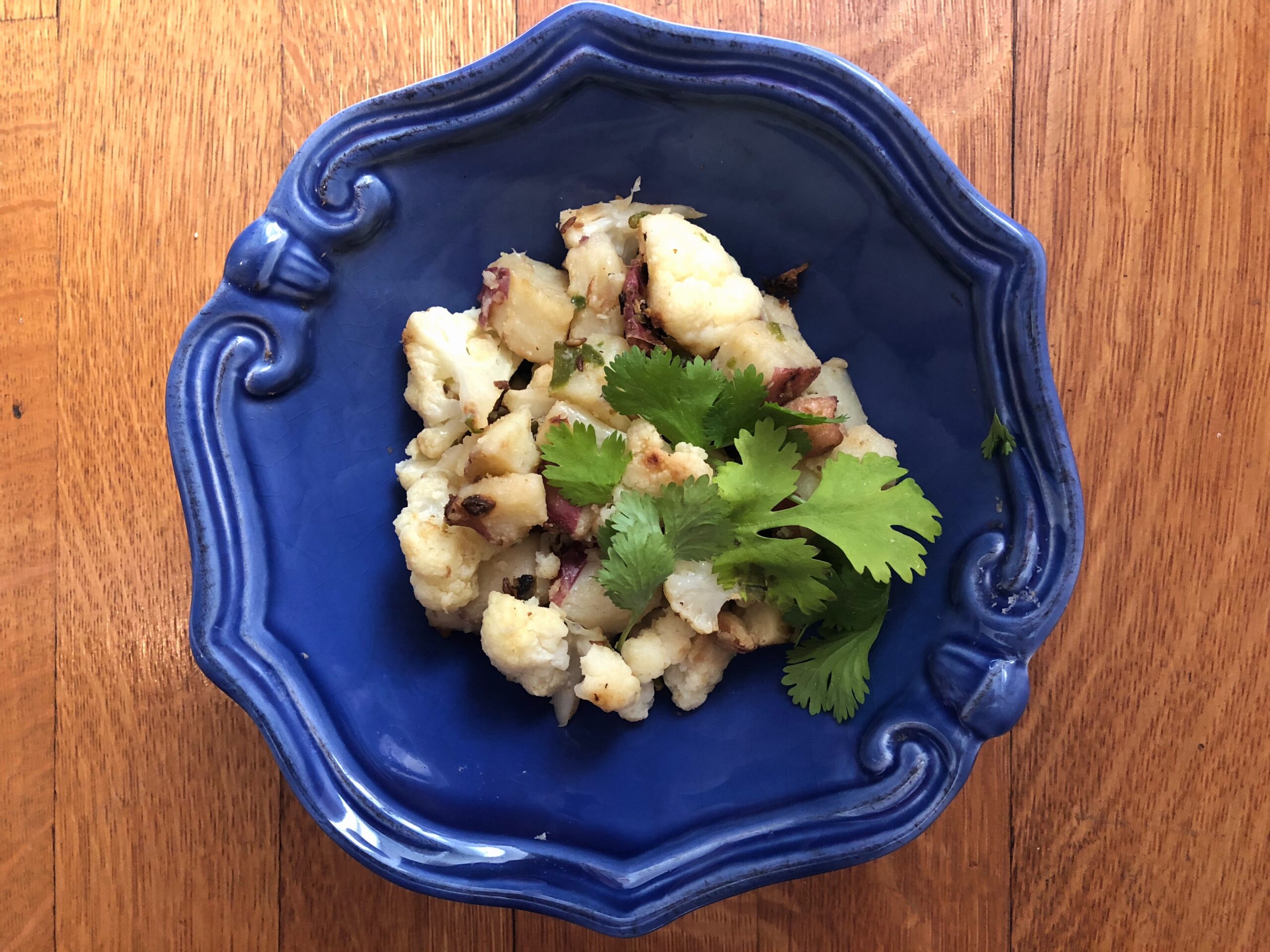




Leave a comment